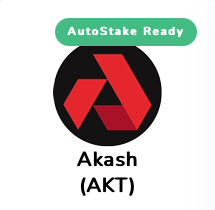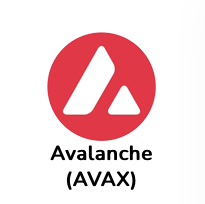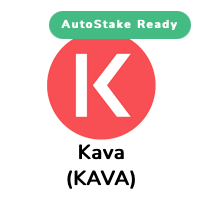Learn More About Tezos
What is Tezos (XTZ), and what is it used for?
XTZ is used for maintaining and executing transactions on Tezos’ Proof-of-Stake network. Additionally, XTZ is used for sending, staking, and voting on upgrades. Tezos was founded by a husband and wife team after pseudo-anonymously publishing two white papers that proposed a new type of blockchain.
What are the current use cases of Tezos?
Financial applications used for managing large data sets are one of the most common use cases for Tezos. That would include large data sets across electric vehicles, real estate, and cloud-based storage.
What are Tezos staking rewards?
Staking rewards in the form of native blockchain tokens (XTZ) are distributed to validators for locking up their cryptocurrencies to a blockchain network to support validator node’s participation in the consensus mechanism and securing the network for a period of time. Refer to the data above for the latest Tezos staking reward figures.
What are the risks of staking Tezos?
Like many blockchain protocols, the consensus mechanism used by Tezos includes a slashing mechanism whereby any validator that misses too many blocks or double signs a block is penalized by the network, slashing the staked amount on that validator.






